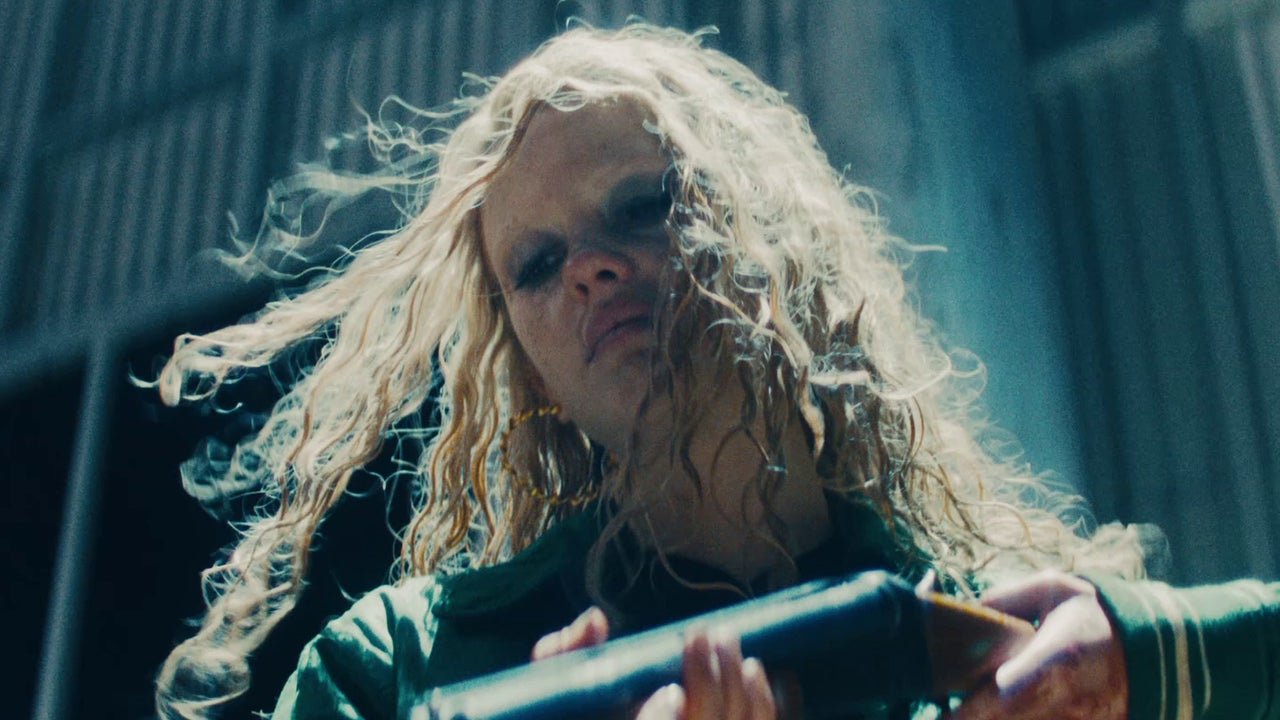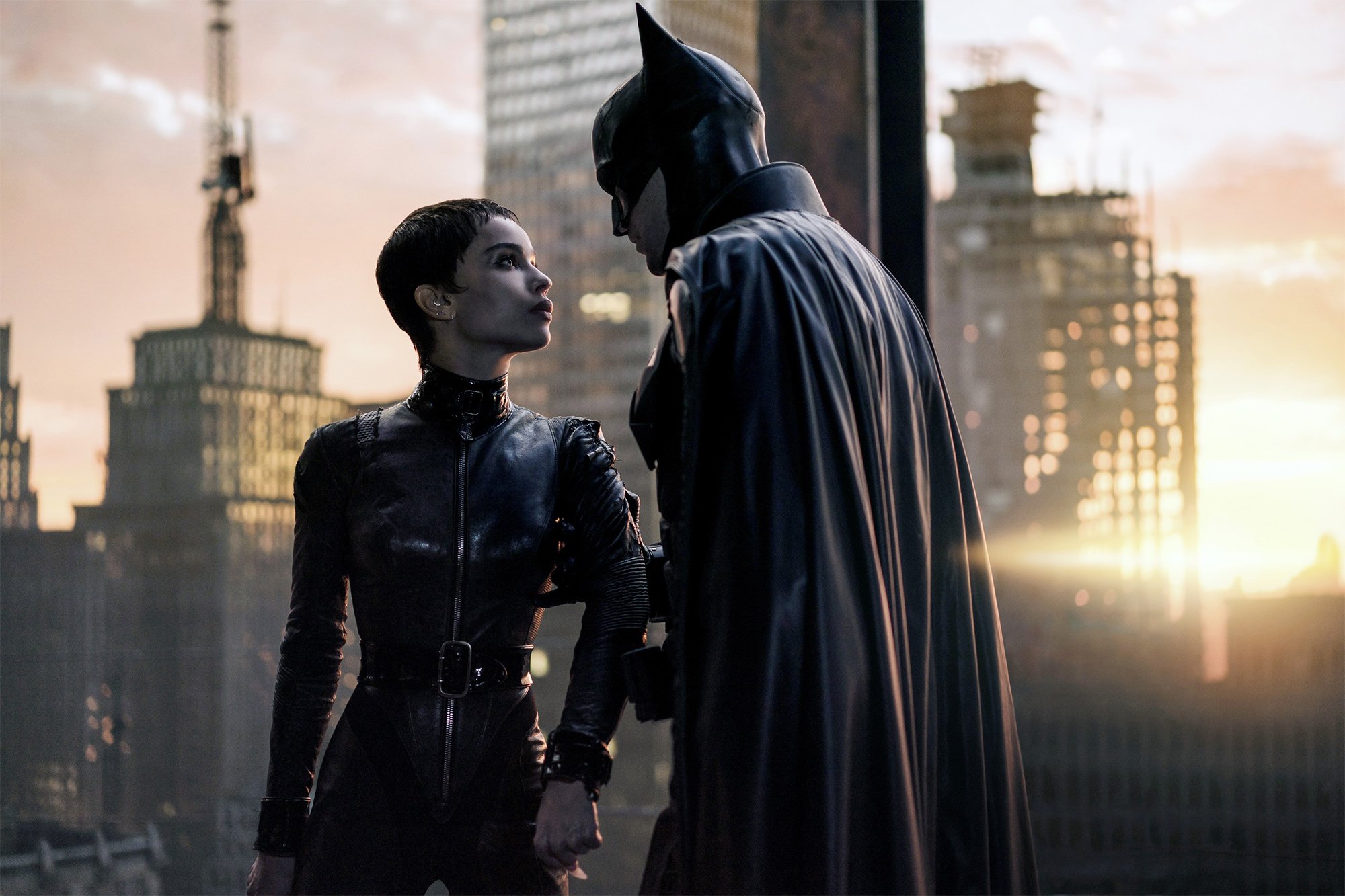REBEL RIDGE
Directing: A-
Acting: A-
Writing: A-
Cinematography: B+
Editing: B+
Rebel Ridge is not like other thrillers, and not just because it just gets better as it goes on. This is the kind of movie I wish I could have seen in a theater, except the fact that it was released on Netflix this week instead is precisely why we are able to experience a purity of writer-director Jeremy Saulnier’s vision. Such is the contradictory state of the modern film industry, where certain compromises must be made in order to produce the highest quality product—at least this way a lot more people are apt to see this, a film that absolutely deserves your attention. I went into this expectng to enjoy it, and still it significantly exceeded my expectations.
What’s so great about it, I imagine you wondering. Where do I start? With the premise: a Black man, Terry Richmond (a stupendously controlled Aaron Pierre) is railroaded by local small-town Southern law enforcement when they knock him over on his bike, find a large amount of money on him, decide to declare it suspected drug money, and seize it. The rest of the film is an extended riff on the revenge thriller genre, and although it takes its time, the way Saulnier innovates the narrative really is a thrill to watch. We’ll come back to that.
Because we have to come back to how it starts: with a real thing, an actually-legal practice called civil asset forfeiture. As stated by Summer (AnnaSophia Robb), a helpful clerk Terry encounters, “Your property has no civil rights.” Law enforcement can take whatever is yours, keep it for as long as they want, and in many cases even sell it. This is a longstanding practice, often abused by local police departments to make up for budget shortfalls. Anyone watching Rebel Ridge may watch this play out in its opening scene and feel incredulous that it feels too unrealistic—but this is one of those things where truth is wilder than fiction. This shit actually happens, and you rightly feel infuriated on Terry’s behalf.
There are countless stories and countless ways in which civil asset forfeiture fucks people over. In Terry’s case, the reason he has all this cash is because he sold a car and is taking it in to post bail for his cousin, who has been detained for possession. Terry is facing a sort of countdown because there is a plan to transfer his cousin to a prison where he faces a lethal threat from a gang he testified against.
All of this is just setup. The thrill of the story is in seeing Terry get thwarted at enough turns to make him desperate, and force him to take drastic action. But here’s where the narrative innovation comes in: this is not Rambo. Spoiler alert, Terry never kills anyone in this movie. I can only think of one death at all, and it’s not part of any of the scenes of hand-to-hand combat. Among the many things that make Rebel Ridge stand out is that, while we do get some pretty significant injuries in an excellent climactic battle scene, all of the combat in it is nonlethal. And still it’s just as thrilling as the best-choreographed gun battles in other movies—in many cases more so. Just watching him disarm his opponents, over and over again, is incredibly cool.
It should be noted, however, that Rebel Ridge is still much more suspense thriller than it is action movie. There’s a lot of plot, which Saulnier simmers expertly. It may test some viewers’ patience, but I would argue such people are missing the point, not understanding what this movie is and should be. There’s a difference between “lackluster” and “restrained.” In another writer’s or another director’s hands, this could quickly go over the top. We’ve been served more than enough decades’ worth of those movies already.
Saulnier gives the story the time and space to breathe, allowing us to understand Terry’s motivations—and, as it happens, those of the local police upending his life (and the lives of countless others) for their own gain. They are headed by Police Chief Sandy Burnne, played by Don Johnson in a bit of perfectly inspired casting. Although Terry faces off with many different cops, several of whom get their own showcase of narrative thread—particularly Zsane Jhe as an officer caught in the cross-combat at the police station—ultimately this is a battle of wills between Terry and Chief Burnne.
Summer proves to be a much more significant part of the story as it unfolds, with many different turns you won’t ever see coming—she’s the very reason Terry returns to the town he’s been told to stay away from, at the halfway point. Rebel Ridge could be thought of as two one-hour episodes, but still they fit together exceptionally well. I do have some slightly mixed feelings about how Summer is handled as a character, particularly when it comes to agency. But, she remains a compellingly competent character drawn with dimension.
In any case, I was rapt and on the edge of my seat from start to finish watching Rebel Ridge. A significant amount of that could be attributed to the affectingly ambient score by brother-musicians Brooke and Will Blair. There simply isn’t any major misstep anywhere in the production of this movie, with exceptional direction, writing and performances. Much as it pains me to admit it, sometimes one of the best movies of the year is actually a streaming release. I would still argue Rebel Ridge would play better in a movie theater, but we’ll take great cinema wherever we can get it, from the screening room to the living room.
There are many more tensions at play than what’s first noticed in any given frame.
Overall: A-










